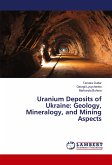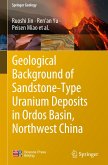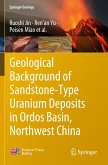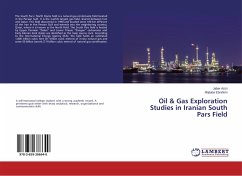The Mc. Arthur River ore body is the world's richest high-grade uranium deposit, associated with an important unconformity separating Paleoproterozoic metamorphic- and Mesoproterozoic sedimentary rock sequences. Mineralization is controlled by pervasive brittle faulting and traditional geophysical methods deployed by the mining industry are unable to resolve the structural complexity at depths exceeding 500m. With increasing depths exploration activity requires images with higher structural definition in order to delineate further uranium deposits. High-resolution 2D and 3D seismic methods were deployed to test the applicability of the method in the given area. Results of the present study have demonstrated that seismic methods can reduce significantly exploration risk because obtained seismic images reveal a much clearer image of the subsurface than seen before. The present book provides an excellent overview of the possibilities and the challenges of seismic exploration in non-sedimentary environments. As such the book can be useful for the exploration community of the mining industry or anyone interested in applied seismology.








